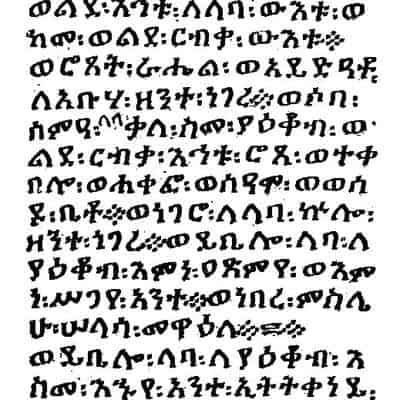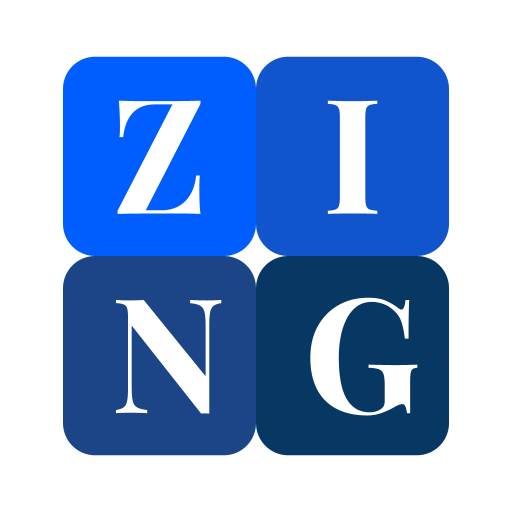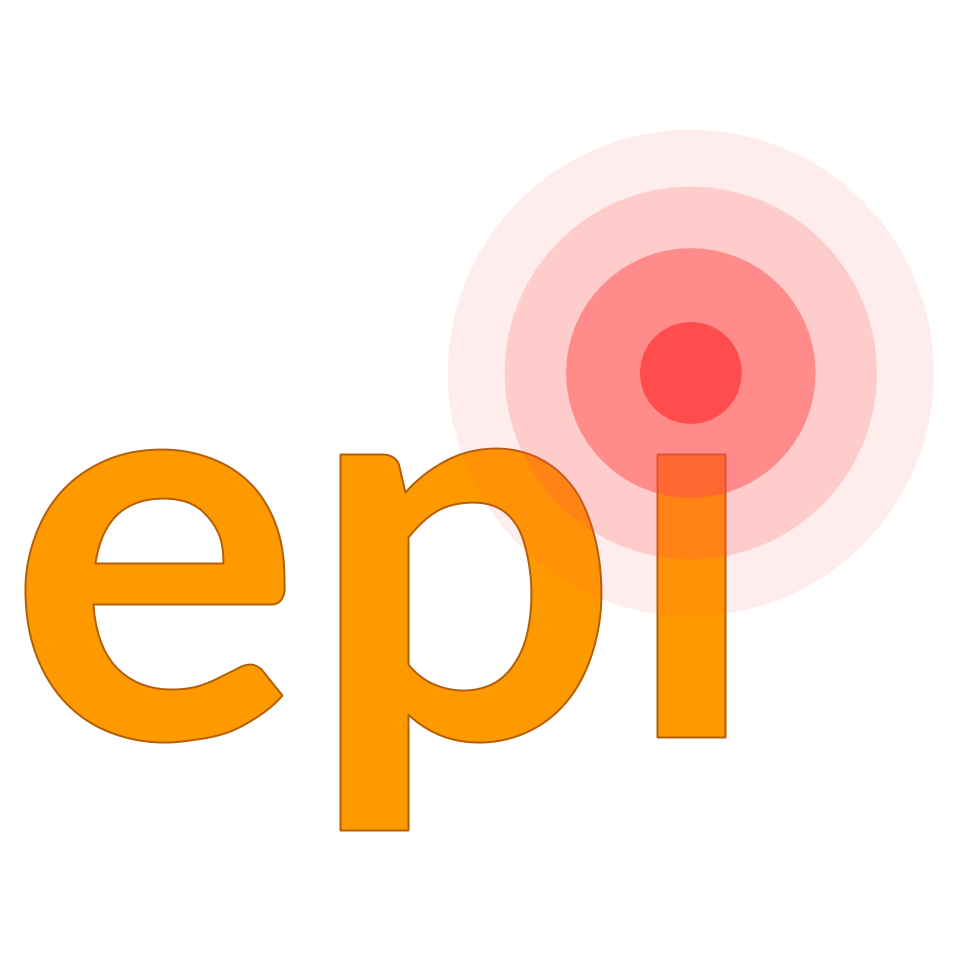
Proto
 GitHub
GitHub
 Technical overview
Technical overview
 Manual
Manual
Proto is a universal, open-source toolset for learning new languages. It contains numerous tools for studying languages effectively and is completely open-source. It uses a custom spaced-repetition algorithm to prioritize vocabulary recall and integrates user-defined grammar properties into vocabulary flashcards. As almost any part of the application can be highly customized, Proto can easily be used to study a wide variety of different languages without any formal course framework.

Amharic Wordle
 GitHub
GitHub  Website
Website  Instructions (in English)
Instructions (in English)
This is a version of Wordle in Amharic (also known as እንቆቅልሽ). Each day, a new five-letter Amharic word is chosen from a pool of common words, gathered by scraping words from the internet and categorizing them by frequency. You can play in over four different game modes and in varying levels of difficulty. The game is a great way to learn both the Ge'ez script and Amharic orthography.

Sost
 GitHub
GitHub  Interactive demo
Interactive demo
Sost (ሶስት) is a 3D graphics library for the web. It uses the standard HTML canvas element to render 3D objects. It currently supports zoom and perspective control via linear algebra-based transformations. It is intended to be used as a graphing calculator (the three-dimensional counterpart to Hulet Scroll ) for interactive mathematical explainers on my blog The Axiom .

Hulet
 GitHub
GitHub  Interactive demo
Interactive demo
Hulet (ሁለት) is a programmatic graphing calculator for the web. It uses the standard HTML canvas element to render 2D objects and can apply matrix-based transformations. I frequently use it in my blog The Axiom for interactive mathematical explainers. Aside from graphing mathematical functions, Hulet also provides an alternative 2D graphics interface for web animations and has been used in numerous other applications, including physics engines and simulators Scroll .

Tolo-Tolo
 GitHub
GitHub  Website
Website
Tolo-tolo (ቶሎ ቶሎ) is a set of tools designed to help Amharic learners with basic grammar, like verb conjugation and noun modifiers. It uses an algorithm to generate a set of challenges which test various grammar concepts. These exercises can accelerate the early learning process and are designed to match the Foreign Service Institute's See FSI courses Basic Amharic Course.

Zing
 GitHub
GitHub
Zing is a very simple teleprompter that automatically splits up long texts into short fragments that are easier to read. It features an intuitive user interface with adjustable speed so it automatically tracks your reading progress. It is particularly helpful for rehearsing long speeches with time constraints or to use in moderated discussions.

NYT Word Games
 GitHub
GitHub
 Website
Website
This is an attempt to recreate many of the popular New York Times word games and re-release them under permissive open-source licenses. It currently contains an English version of "Letter Boxed," which is a 3D variant of the original game See on NYT . All the recreated games are free to play without any subscription.

 Source:
Source:





